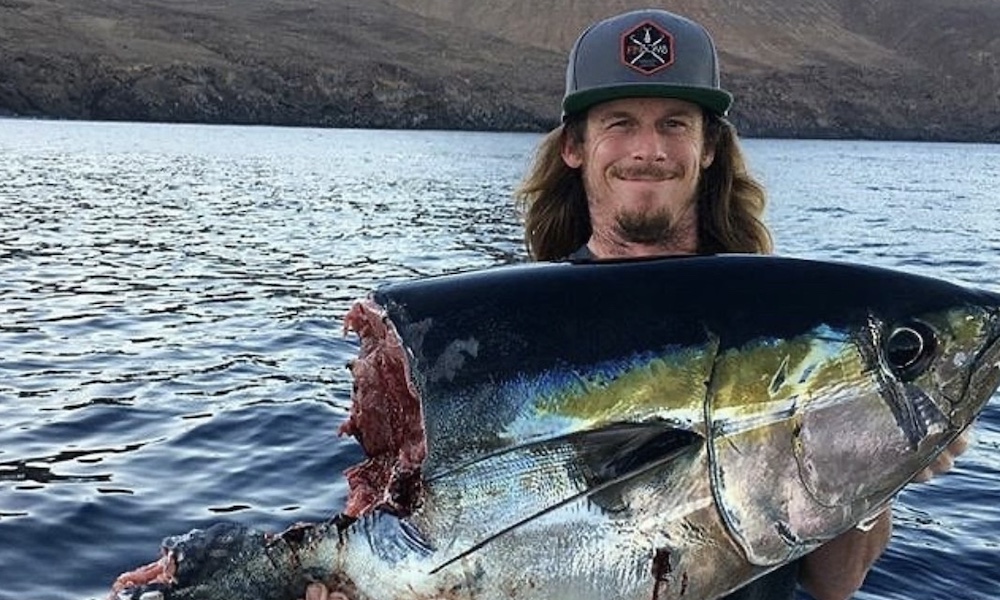William Buchheit captured an extraordinary great white shark image recently at Mexico’s Guadalupe Island.
William Buchheit captured an extraordinary great white shark image recently at Mexico’s Guadalupe Island. But he did not know how extraordinary until he got home and took a closer look.
“Thank God I didn’t delete it, for it wasn’t until a full week later when I opened the image on my computer that I discovered the magical moment I’d captured,” Buchheit, 43, told For The Win Outdoors.

The image, captured from aboard the San Diego-based Islander, shows a white shark breaching near the island. But the small object within the image makes it more unusual, and provides a fun test for those with a keen eye for detail.
Viewers should be able to spot the object without too much trouble, especially if they chose first to look at the larger image posted below.
(NOTE: The object is revealed and explained below.)
Buchheit, an avid shark diver from Spartanburg, S.C., was part of a cage-diving expedition at Guadalupe, a seasonal home to dozens of great white sharks.
The crew had been attracting sharks near divers in submerged cages with tuna as “hang baits” tied to the ends of ropes.
Buchheit, who was kneeling at the vessel’s stern, had been hoping merely to capture a shot of a shark’s dorsal fin in the morning light.
“Even though the sunlight was gorgeous, I didn’t consider this particular shot anything special when I first saw it, for I failed to see the tooth on the LCD screen,” he said.
After returning home, Buchheit spotted an airborne tooth near the shark’s head. The shark must have lost the tooth when it chomped on the tuna. (White sharks routinely lose teeth during attacks on prey. They have several rows, however, and lost teeth are quickly replaced.)

“To my knowledge there have only been two photos that ever captured a great white’s tooth in the air,” Buchheit said. “They were both shot from a much greater distance in South Africa.”
Feeding sharks is illegal at Guadalupe. Hang baits are used merely to keep sharks near cages, and bait handlers can usually pull them away from approaching sharks.
“This shark, however, was clever and developed an approach in which she launched toward the tuna like a missile from below,” Buchheit said. “The bait handlers couldn’t see her coming and she was successful in stealing the bait.”
Buchheit, who was on his third voyage to Guadalupe, said he was positioned 40-50 feet from where the shark surfaced. He was shooting with a Canon 1DX at 70 millimeters, in a manual setting at 1-1,200 of a second, F 6.3 and ISO 250.
–Images are courtesy of William Buchheit
[opinary poll=”did-you-spot-the-hidden-object_forthewin” customer=”forthewin”]









